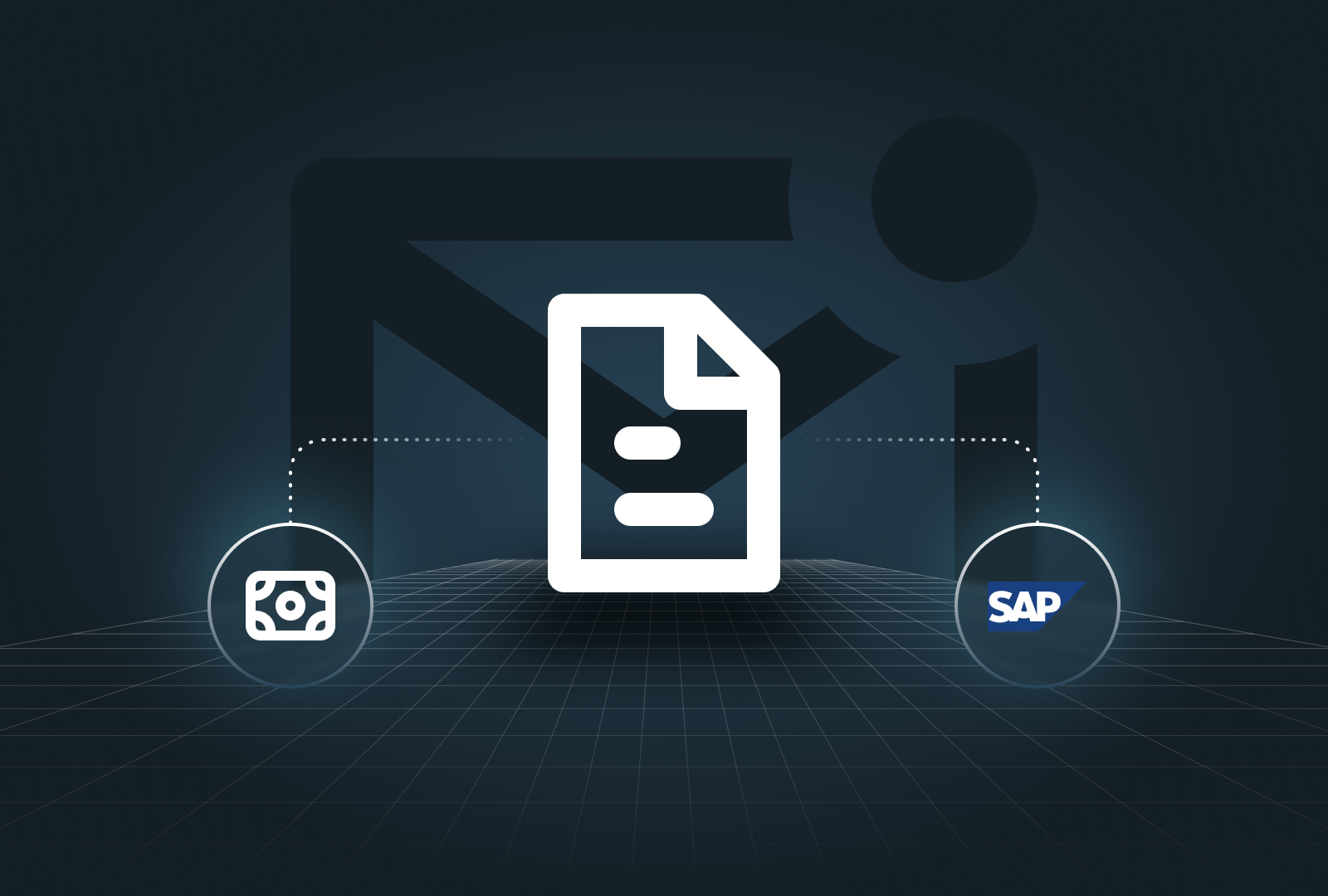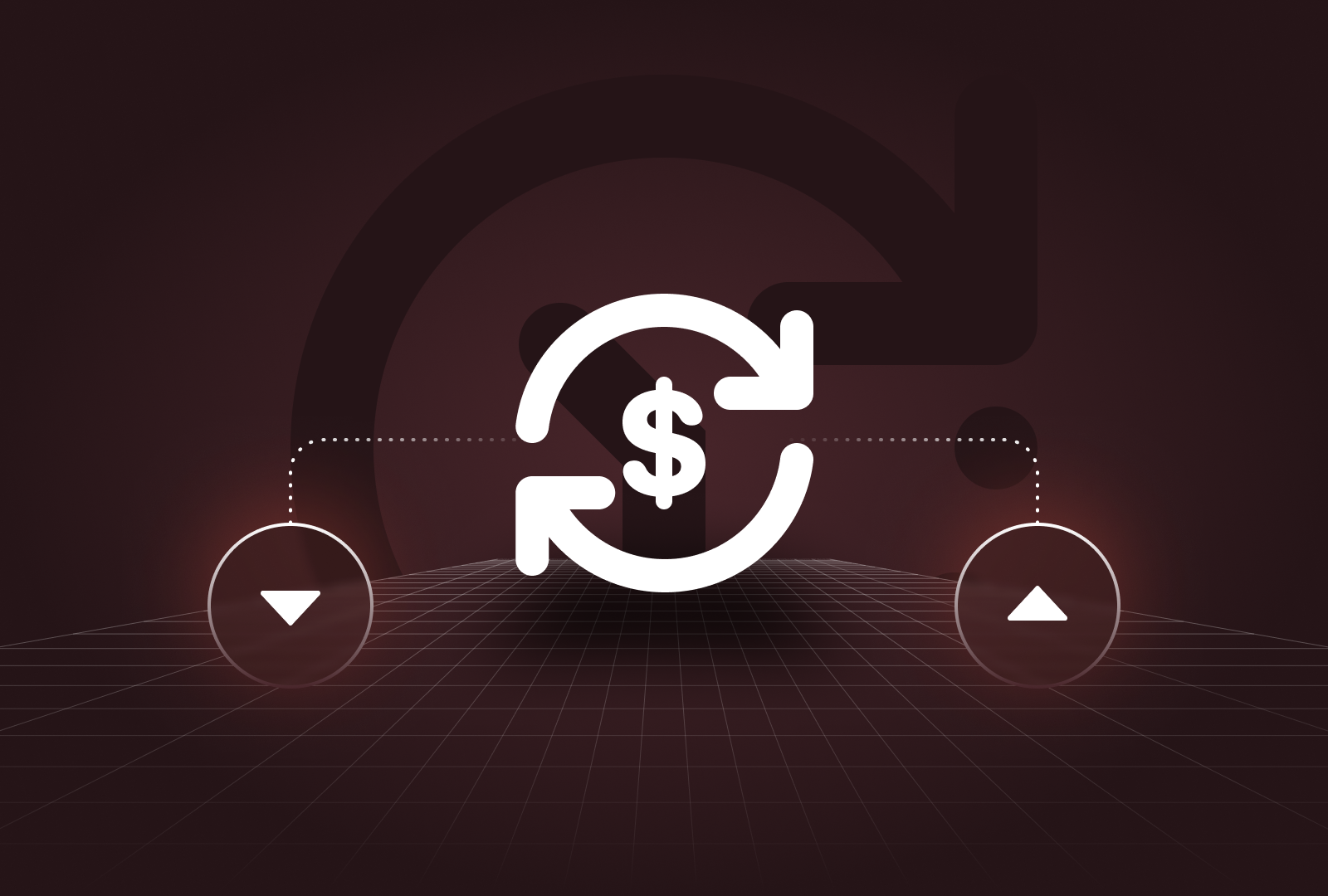For some time now, procurement automation has been profoundly transforming the process of how companies handle their purchasing. Historically, most tasks in purchase operations were performed manually; needless to say, these tasks were also quite time-consuming. However, by relying on modern technology, a company can now easily streamline tasks and reduce errors, which ultimately results in faster workflows, lower operational costs, and improved efficiency.
What Is Procurement Automation?
Defining Procurement Automation
Procurement automation is the process of using software to handle tasks such as purchase orders and supplier management. Modern technological solutions reduce the need for manual work, save time, and also minimize errors. So the final consequence of adopting procurement automation in businesses’ daily operations is improved procurement efficiency on all levels.
Why Is Procurement Automation Important for A Modern Company?
Simply put, an automation platform streamlines the procurement process. It makes the workflow of purchasing faster and more accurate. Additionally, it helps a company reduce manual labor—saving both time and money. By relegating these kinds of tasks to software solutions, a company can now have more resources at its disposal that can be deployed in tasks of more strategic importance.
Key Benefits of Procurement Automation
Cost Reduction and Time Savings
When procurement tasks are automated by software, operational costs drop. For example, processes such as order creation or invoice approvals are dealt with in a speedy manner. The entire purchasing process then unfolds at a heightened level of efficiency. Since there is no need to deal with such tasks manually anymore, businesses can shift their focus to more substantial and strategic work.
Enhanced Accuracy, Compliance, and Risk Mitigation
When it comes to data entry or ensuring compliance with various regulations, automation will minimize errors that can stem from time-consuming manual work. This, again, will reduce the business's operational costs because the risk of penalties and financial losses is lower. By standardizing procedures, automation software will also improve the business's risk management performance in general.
Improved Supplier Relationships and Communication
Collaboration between companies and their suppliers is positively affected by automation as well. Most notably, automated communication tools will improve response times and, in turn, strengthen supplier relationships. Better communication will also inevitably result in smoother procurement processing.
Key Processes That Can Be Automated
Automating Purchase Orders and Requisitions
Thanks to procurement automation, purchase orders and requisitions can be easily generated automatically. Since this process reduces the amount of manual effort, the approval process will become faster and delays minimized. In short, automation is a guarantee that purchase orders are processed accurately and timely.
Invoice Processing and Payment Automation
Another aspect of daily procurement operations that can be automated is invoice processing. Doing so allows for faster payments. Again, automating this process will result in a lower number of errors and function as a guarantee that payments are made by deadlines. The advantage of this is twofold: on one hand, automation will improve the business’s cash flow in general, and on the other, it will strengthen vendor relationships.
Contract Management and Renewal Tracking
By automating the contract management process, companies can ensure that deadlines for renewals are met, helping businesses avoid missed deadlines and, for example, disruptions in the supply chain. Automated renewals are also an assurance that compliance is maintained at all times. All these processes—renewals and contract negotiations—can be tracked automatically as well.
Supplier Performance Monitoring and Evaluation
By employing key metrics, automation software can also monitor supplier performance in detail, allowing a business to identify top-performing suppliers with minimal effort and time consumption. Suppliers’ performance must be evaluated regularly because this data is indispensable for smart and efficient decision-making.
Challenges in Implementing Procurement Automation Systems
Overcoming Resistance to Change
When implementing a new automation system, some employees may resist the automation platform due to unfamiliarity. This is a normal human reaction, and proper training and communication can help overcome this resistance to new software over a short period of time. Additionally, showing the key benefits of the automation system—most notably, time-saving and the reduction of manual work—will encourage adoption.
Ensuring Integration with Existing Systems
It’s crucial that the new automation system integrates seamlessly with the existing ERP platform or accounting software. Such integration will ensure data synchronization and smooth operation. A company, in short, needs to be definitely sure that the procurement automation software will work with its current systems before choosing the software and starting the integration.
The Function of Data and Analytics in Procurement Automation
As we have seen so far, modern technology can automate different procurement tasks and, by doing so, significantly reduce the duration of the procurement cycle. However, extracting data from these processes can also be automated. The benefits of this possibility for a business are numerous.
Data-Driven Decision Making
Automated systems provide real-time data to companies. On that basis, better, faster, and more informed decisions can be made. This is critical in the context of accurate forecasting and budget planning, while data-driven decisions will lead to improved procurement outcomes.
Identifying Cost-Saving Opportunities
Areas with potential for cost reduction can also be easily detected thanks to automation tools—analytics will simply single out spending patterns and highlight potential savings. In other words, the process of optimizing procurement strategies has never been simpler.
Predictive Analytics for Spend Forecasting
Although the term might come across as complicated, predictive analytics is a rather simple process—it refers to the use of historical data in an attempt to forecast future spending. Clearly, this will help businesses plan budgets more precisely. Apart from optimizing their procurement strategies, businesses can also avoid unexpected costs with this automated and improved forecasting.
Future Trends in Procurement Automation
Artificial Intelligence and Machine Learning
As already stated a few times, old, manual, time-consuming procurement practices have been profoundly transformed by automation. But now AI and machine learning are transforming procurement automation itself. These technologies — like Payflows’ AI Guided Requester, AI Cost Killer or AI Pre-Filler — are indispensable when it comes to helping automate ever-more complex tasks and improve decision-making in the context of purchasing methods and strategies. They also enable significantly smarter and more accurate forecasting and risk management.
Blockchain for Procurement
Another technology that has played a crucial role in recent procurement trends is blockchain. It is extremely useful in verifying supplier data and preventing fraud. Trust and accountability are enhanced in the procurement process thanks to blockchain solutions.
ESG Compliance and Sustainable Procurement Practices
Businesses are benefiting from automation in the process of tracking ESG (Environmental, Social, and Governance) compliance as well. Automation software can help companies ensure that suppliers are meeting sustainability and ethical standards. This trend has recently become essential in procurement decision-making. Moreover, collaboration between procurement and impact teams has become increasingly common in recent times.
Conclusion
From purchase orders to vendor management, procurement automation has been transforming the way businesses deal with procurement tasks. Thanks to the streamlining of processes, reduction of manual tasks, and use of data analytics, companies are saving time and reducing costs while simultaneously strengthening supplier relationships. Additionally, procurement automation is bound to be enhanced even further—technologies like AI and blockchain are enabling smarter decision-making and more secure operations.
Payflows is part of this transformation too. For example, its Intake-to-Pay solution streamlines the entire invoice and payment approval process. Invoice collection, purchase order matching, and approval routing—all these workflows are automated, and the need for manual intervention is reduced. Thanks to seamless integration with ERP systems, Payflows ensures real-time synchronization and offers businesses a practical and efficient way to manage their payment processes.






.png)
.png)





.png)



